What Did A Day In Pharaoh’ s Life Look Like?
A. Sutherland - AncientPages.com - Ancient Egyptians believed that the great gods had created the universe and maintained order; they were also involved in people's everyday lives and survival.
One of the gods was also sent in a mortal form into the Nile Valley to rule as the king who would protect them from warlike and dangerous peoples of the Mediterranean world and look after their well-being.
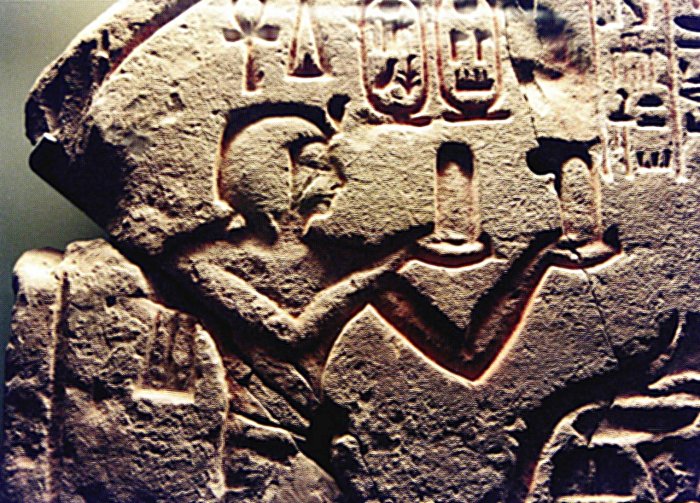 Pharaoh Ramses I making an offering before Osiris, Allard Pierson Museum. source
Pharaoh Ramses I making an offering before Osiris, Allard Pierson Museum. source
For more than 3,000 years, the pharaoh was the principal of everyday life, and he was seen as the gods' representative on Earth and one of the gods. He played a crucial role in the Egyptian cult. As a god and the personification of Egypt, he possessed more power than any other monarch recorded in human history.
However, he was not only a strong ruler but also a high priest, a lawmaker, and a battle commander. The pharaoh was both a political and a religious leader.
Why Did The Egyptians Believe That Pharaoh Was A God?
There were many reasons why the ancient Egyptians treated their ruler as a god. The Nile Valley people lived in a pre-scientific world and knew nothing about natural causes of lightning, thunder, good or bad crops, birth and death, storms, or drought. As it was believed, these 'phenomena' were caused by all-mighty and invisible gods, who were angry, fearsome, occasionally kind, cruel, or seeking vengeance.
The Egyptians believed their pharaoh was a mediator, an essential link between the gods and the people. His role was to sustain the gods to maintain order in the universe, which in Egyptian beliefs was centered on Ma’at (Maat).
Life Before Pharaoh Ascended The Throne And Became A God-Like Ruler
As a boy, his daily life was relatively carefree, and he could play with his companions, then, he was taught horse riding, swimming, and archery.
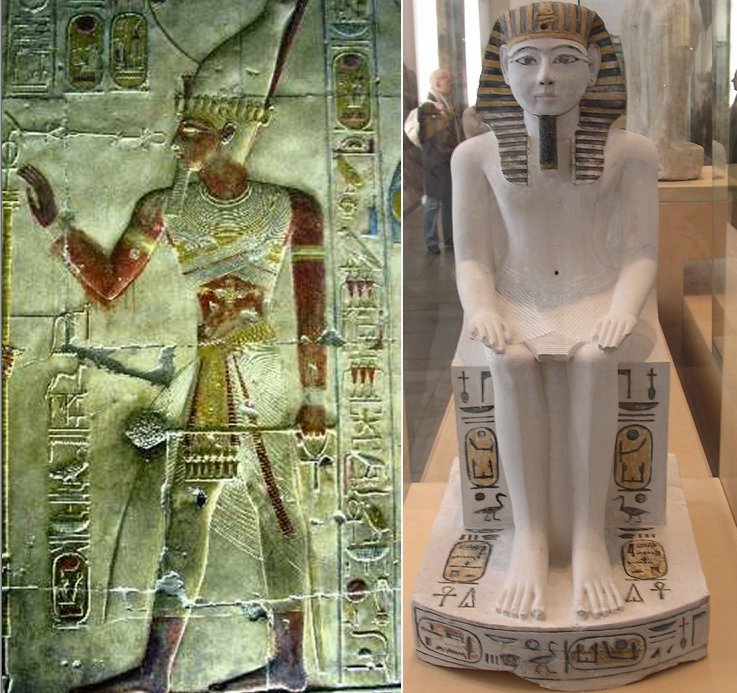 Left: Image of Seti I from his temple in Abydos. source; Right: Pharaoh Amenhotep I of the 18th dynasty of Egypt. source
Left: Image of Seti I from his temple in Abydos. source; Right: Pharaoh Amenhotep I of the 18th dynasty of Egypt. source
As soon as he was old enough, he entered the army to serve military training. Being the son of the current Pharaoh, he would one day inherit the title and confront the obligations to the Land of the Pharaohs as a good leader.
Pharaoh's Day Starts
In his book "Everyday Life in Ancient Egypt," the Welsh American author, Jon Manchip White explains:
“Every morning at dawn, the pharaoh would go into the House of the Morning, one of his private chapels. There he would perform a ritual laving of his limbs. In the way that the sun-god Ra bathed each morning in the primordial ocean of heaven, so pharaoh bathed his body in order to restore the vital force that flowed therefrom upon the Two Lands.
Credit: Adobe Stock - NorLife
Then he was anointed, robed, and invested with the royal insignia by priests wearing the masks of Horus and the ibis-headed god of wisdom, Thoth. Next, he proceeded to the temple, where he officiated at a further ceremony. Its aims were to implant spirituality into the ceremonies that would soon be celebrated in all the other temples throughout the land…”
If the pharaoh did not do so, the empire could lose its divine order - Ma’at (Maat).
Responsibilities And Daily Routines Of The Pharaoh
Pharaoh was the high priest and supreme judge and the only source of law. He pursued foreign policy and decided on war and peace. He headed the army and often personally commanded in battle. Pharaoh's authority was religious, and its undermining was not only a violation of the state order and law but also a misuse of the divine order.
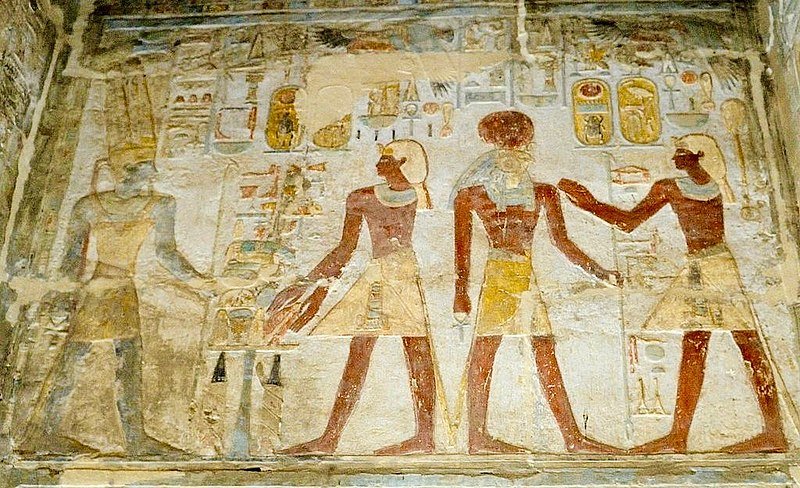 Colored relief of the kings Thutmose III and Amenhotep II before the gods at Amada Temple in Nubia. source
Colored relief of the kings Thutmose III and Amenhotep II before the gods at Amada Temple in Nubia. source
His daily routines included a great variety of responsibilities and indispensable rituals in accordance with his status as the ruler.
All of these duties were considered essential to both the running of the empire and its spiritual development. Theoretically, the pharaoh was the focus of ritual life and performed all the sacred rituals in the temple, practically, high priests played this role in the ruler's name. However, many depictions show the pharaoh performing the duties.
Daily Meetings, Inspections And Feasts
The next task would be to hold his regular meetings with various officials and guests, including military commanders, ambassadors of foreign countries, and various courtiers. All these individuals usually had much to say, and depending on their ranks, they could speak before the ruler. Then, they could learn his thoughts on the matter.
After lunch, the pharaoh traveled around the city in his chariot. He visited construction sites to monitor progress, as he was personally responsible for approving these building sites.
Occasionally, he had time to relax, for example, by participating in hunting, archery, walking through the royal gardens, or merely spending time with his family.
Towards the end of the day, he had to attend a large feast, in which participated his family members and numerous guests.
Updated on November 3, 2023
Written by – A. Sutherland - AncientPages.com Senior Staff Writer
Copyright © AncientPages.com All rights reserved. This material may not be published, broadcast, rewritten or redistributed in whole or part without the express written permission of AncientPages.com
Expand for referencesReferences:
Silverman David P. Ancient Egypt
Casson L. Life in Ancient Egypt
More From Ancient Pages
-
 Dinosaurs Were The First To Take The Perspectives Of Others
Fossils | Jun 1, 2023
Dinosaurs Were The First To Take The Perspectives Of Others
Fossils | Jun 1, 2023 -
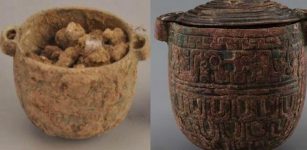 2,700-Year-Old Face Cream For Men Found In Chinese Tomb
Archaeology | Feb 10, 2021
2,700-Year-Old Face Cream For Men Found In Chinese Tomb
Archaeology | Feb 10, 2021 -
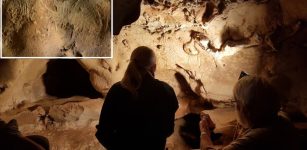 Neanderthal Cave Engravings Identified As Oldest Known, More Than 57,000 Years Old
Archaeology | Jun 22, 2023
Neanderthal Cave Engravings Identified As Oldest Known, More Than 57,000 Years Old
Archaeology | Jun 22, 2023 -
 Massive Eruption Of Iceland’s Laki Volcano Triggered An Unusually Cold Winter In 1783-84
Archaeology | May 21, 2019
Massive Eruption Of Iceland’s Laki Volcano Triggered An Unusually Cold Winter In 1783-84
Archaeology | May 21, 2019 -
 Shennong – Chinese ‘King Of Medicines’ Who Invented Farming Tools And Herbs For Treating People’s Diseases
Chinese Mythology | Oct 13, 2021
Shennong – Chinese ‘King Of Medicines’ Who Invented Farming Tools And Herbs For Treating People’s Diseases
Chinese Mythology | Oct 13, 2021 -
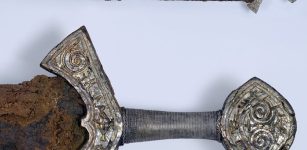 Mystery Of The Langeid Viking Sword And Its Undeciphered ‘Magical’ Inscriptions
Artifacts | Jun 4, 2022
Mystery Of The Langeid Viking Sword And Its Undeciphered ‘Magical’ Inscriptions
Artifacts | Jun 4, 2022 -
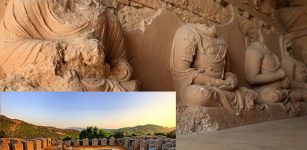 Takshashila: Renowned Learning Center That Attracted Buddhist Masters, Disciples And Students Of The World
Featured Stories | Sep 13, 2021
Takshashila: Renowned Learning Center That Attracted Buddhist Masters, Disciples And Students Of The World
Featured Stories | Sep 13, 2021 -
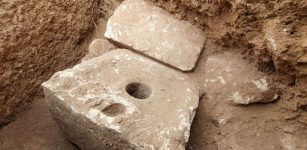 Stone Toilet Of A First Temple Period Luxury Villa Reveals The Jerusalem Elite Suffered From Infectious Disease
Archaeology | Jan 4, 2022
Stone Toilet Of A First Temple Period Luxury Villa Reveals The Jerusalem Elite Suffered From Infectious Disease
Archaeology | Jan 4, 2022 -
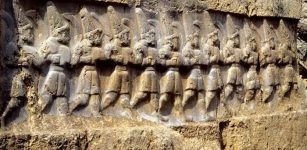 Secret Ancient Lunar Calendar May Be Hidden At A Hittite Sanctuary
Archaeology | Jul 3, 2019
Secret Ancient Lunar Calendar May Be Hidden At A Hittite Sanctuary
Archaeology | Jul 3, 2019 -
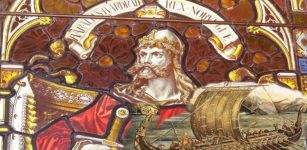 On This Day In History: The Battle Of Fulford – King Hardrada Against Saxon Troops – Was Fought – On Sep 20, 1066
News | Sep 20, 2016
On This Day In History: The Battle Of Fulford – King Hardrada Against Saxon Troops – Was Fought – On Sep 20, 1066
News | Sep 20, 2016 -
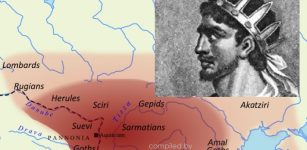 Attila The Hun: The Destroyer Of Rome Among Most Fearsome Enemies The Empire Ever Faced
Featured Stories | Jun 24, 2019
Attila The Hun: The Destroyer Of Rome Among Most Fearsome Enemies The Empire Ever Faced
Featured Stories | Jun 24, 2019 -
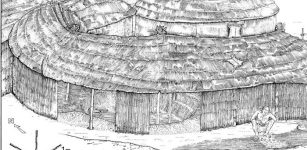 What Ancient Dung Reveals About Epipaleolithic Animal Tending
Archaeology | Sep 15, 2022
What Ancient Dung Reveals About Epipaleolithic Animal Tending
Archaeology | Sep 15, 2022 -
 Where Does The Expression ‘Saved By A Bell’ Come From?
Ancient History Facts | Oct 16, 2019
Where Does The Expression ‘Saved By A Bell’ Come From?
Ancient History Facts | Oct 16, 2019 -
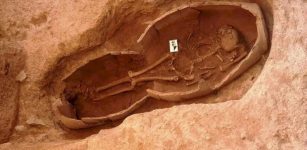 Parthian Jar Burial Dated To 247 BC – 224 CE Unearthed In Iran’s Kurdistan Province
Archaeology | Sep 29, 2020
Parthian Jar Burial Dated To 247 BC – 224 CE Unearthed In Iran’s Kurdistan Province
Archaeology | Sep 29, 2020 -
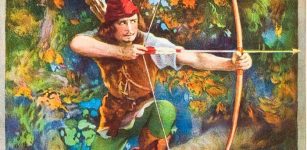 Why The Legend Of Robin Hood Is More Complex Than Previously Thought And Possibly Wrong
Featured Stories | Jul 30, 2022
Why The Legend Of Robin Hood Is More Complex Than Previously Thought And Possibly Wrong
Featured Stories | Jul 30, 2022 -
 Tanana Valley, Alaska: Study On Ancient Hunter-Gatherer Sites Dating Back To 14,500 Years Ago
Archaeology | Mar 21, 2022
Tanana Valley, Alaska: Study On Ancient Hunter-Gatherer Sites Dating Back To 14,500 Years Ago
Archaeology | Mar 21, 2022 -
 The Boomerang Was Used 20,000 Years Ago By Stone Age People
Ancient History Facts | Sep 28, 2018
The Boomerang Was Used 20,000 Years Ago By Stone Age People
Ancient History Facts | Sep 28, 2018 -
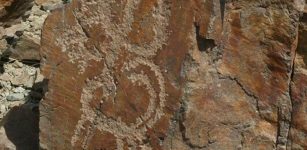 Petroglyphs Hold Secrets To 14,000 Years Of Human Life In Iran
Archaeology | Apr 30, 2020
Petroglyphs Hold Secrets To 14,000 Years Of Human Life In Iran
Archaeology | Apr 30, 2020 -
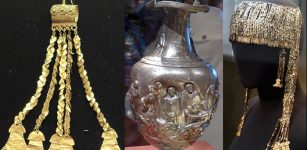 Priam’s Treasure – Authentic Trove From Homeric Troy Or Deception?
Artifacts | Jun 11, 2021
Priam’s Treasure – Authentic Trove From Homeric Troy Or Deception?
Artifacts | Jun 11, 2021 -
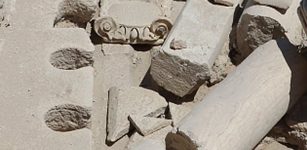 2,000-Year-Old Lavatory In Turkey’s Denizli Province Will Be Restored
Archaeology | Aug 4, 2020
2,000-Year-Old Lavatory In Turkey’s Denizli Province Will Be Restored
Archaeology | Aug 4, 2020

